America’s Dependency on Sweatshops
March 27, 2018
Many items we use everyday have a dark origin. Things like clothing, shoes, computers, and phones are made inside dark, grimy factories. These sweatshops are common in places like China and Africa, which is where most objects and candy are made.
Employees of these sweatshops are forced to work for little to no pay. These employees work long shifts and get a fraction of a cent an hour.
Staff can be forced to work for up to 72 hours a day with no breaks. Most employees who do get breaks are not paid while on break, making their minor paycheck that much less.
Workers are often forced into dark, boarded up rooms and forced to work without much light. Many injuries and deaths have happened because of the lack of light and ventilation. For example, according to New York Times, hundreds of men and women in a Bangladesh garment factory have choked to death because of the lack of ventilation.
Their bosses abuse them and sexually harass them into submission. With no rules, the bosses can get away with beating their employees and touching them inappropriately. According to War on Want, a charity trying to close down sweatshops, “sexual harassment and discrimination is widespread” and that the “right of maternity leave is not upheld by employers.”
Many employees are not trained to construct what they are forced to build because there is no time and nobody experienced enough to teach others. Most learn from their mistakes.
Workers get the cheapest food possible. People working in West Africa, for example, will get fed bananas and corn paste day in and day out. Many of them contract diseases; an example of this is sandblasting, which is used most in denim sweatshops. According to War on Want employees sandblast pants to give them a worn look, which exposes workers to silica dust particles that severely damages their lungs and can lead to death if not treated.
However, some workers do not get fed daily. Most go two to three days without a proper meal.
A fraction of the employees found in sweatshops are children. They could be as young as five years old. According to DoSomething.org, an organization that fights to take down sweatshops, “an estimated 168 million children ages 5 to 14 are forced to work.”
Most children are taken from their homes without their parent’s consent. They are stolen and taken to the sweatshop to being work that most Americans could never imagine doing.
Popular objects we use are, more often than not, from sweatshops. Americans inadvertently support the use of sweatshops by purchasing these items.
Apple’s iPhones come from a factory called Foxconn. Foxconn is one of the largest providers of technology and accessories.
According to CBS News, in 2010, fourteen Foxconn employees committed suicide by jumping off of the edge of the building. In response to the mass suicide, Foxconn installed safety nets around the building to catch any employees that are going to attempt suicide.
The Guardian, a British daily newspaper, states that in 2012, a group of 150 workers threatened to jump if they did not get proper working conditions. And in 2016, a smaller group did the same thing.
Another group began to protest for better working conditions. However, Foxconn refused to take them seriously, so they threatened suicide. They stood atop the factory for two days straight before they were convinced to safely come down.
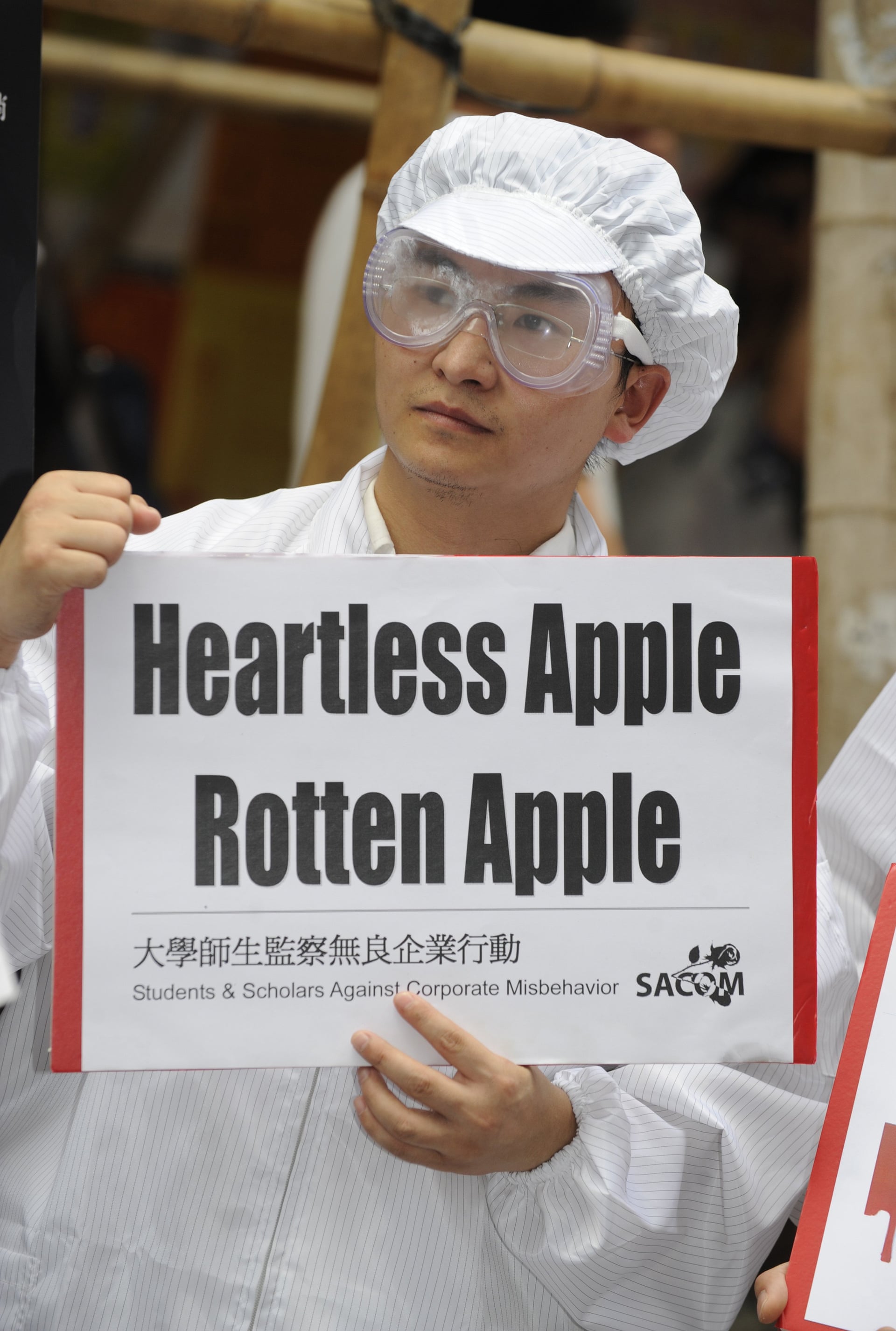
Foxconn also assembles Acer computers. 600 untrained workers were moved over to assemble Acer computer cases due to a sudden increase of Acer computer sales.
According to The Telegraph, a British daily newspaper, the workers assembling the computer cases did not get a paid lunch and earned less than minimum wage. The assembly line moved quickly, resulting in workers getting blisters and wounds on their hands. The room they worked in was dark and full of plastic dust, making it hard to breath.
The Daily Collegian, a student ran newspaper in Pennsylvania, stated that the Nike shoe company used to fine the factory that produced their clothes and shoes if the workers did not finish a shipment of garments. The workers would not get paid as a result.
Noi Supalai shared her experiences while working at Nike. She said that the workers went two months without pay due to the large shipment orders and the strict deadline.
Eventually, the workers revolted. They demanded to be paid every week and wanted more time to fill out the shipments.

Nike refused to listen. Protesters started to get arrested for being too radical. The remaining protesters went to the Workers Rights Consortium and told about their experiences at the factory.
Finally, the WRC shut down the factory. Nike was forced to relocate their factory and give their workers weekly checks.
With the rise of apps and websites that offer clothes for as little as one dollar (Wish, Romwe, Banggood, ect.), it is nearly impossible to avoid cheap clothes. These apps and websites offer cheap replicas of a nice shirt or a fancy dress and sell it for a fraction of the price..
These online stores are similar to Amazon, where the website only serves as a place to post goods. Items sold on the website are not regulated, which means companies can sell whatever they choose without getting into trouble.
It is hard to resist a shirt that is 90% off. Now, these sites are becoming mainstream and advertisements are everywhere. It is difficult to go online without seeing an advertisement about a website that offers cheap clothing.
Sadly, America depends largely on sweatshops. Most popular clothing companies use sweatshops to produce their goods. This is just a glimpse into the dark background of some of the largest companies in America.



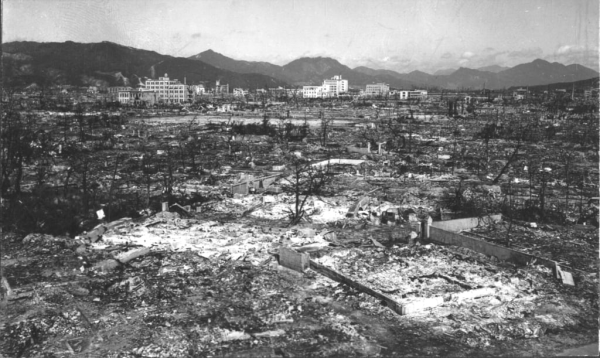




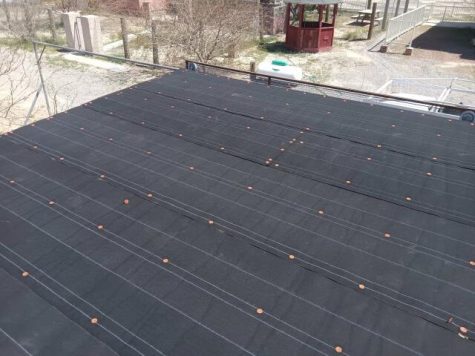

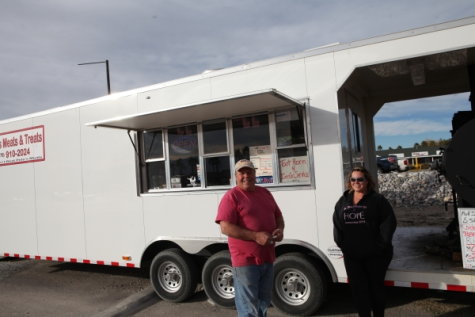
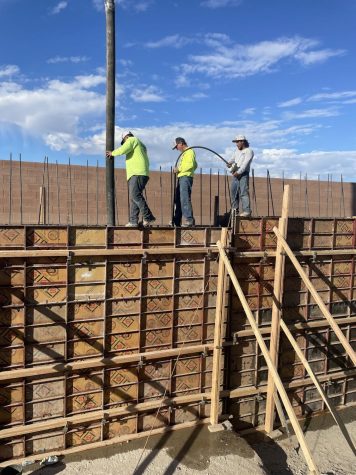

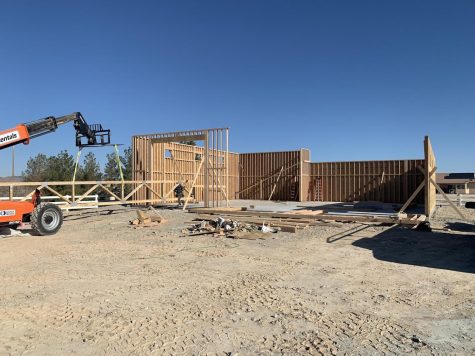

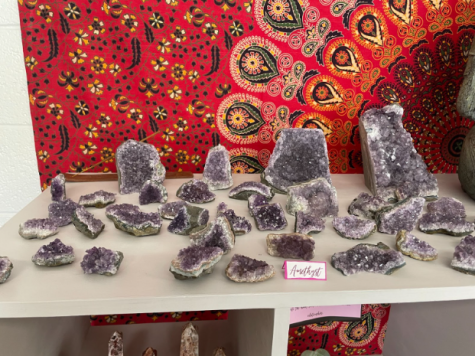


Spencer Abrams • Apr 10, 2018 at 8:34 AM
This article was beautifully written on a topic that most likely required a lot of research to provide an informed view. You covered a grim topic beautifully. The situation is tragic. The clothes I am weraing right now were probably not made by people in good working conditions. I don’t wear Nike, and I don’t use Apple, but I doubt the companies I do purchase clothes from are all that innocent. This is clearly a widespread issue that is hidden by a lens of living in a first world country that our society is too blind to realize we’re looking through. This problem does not have an easy solution. I’m not one to look out for big corporations; they can do that for themselves, but keeping building costs so low in huge factories like this allows them to employ so many people. Without these kinds of jobs, how many would starve? It’s a roundabout issue. Workers demand better conditions, prices to employ workers rises, the amount of workers decreases because they can’t employ as many people anymore, so those laid off find a new job, that job has worse working conditions, the cycle continues. The apps that have lower prices like Wish are probably not helping. As far as your article goes, it’s a good one, but I have one suggestion: change up the conclusion. As your conclusion goes now, it’s an awkward sentence that does nothing to make the end of your article interesting. My suggestion is to provide ways in which we could help, or list brands that have good working conditions to buy from. Then again, I haven’t always been the best at conclusions.
ethan • Mar 27, 2018 at 11:16 AM
The conditions in which other countries produce our clothes is horrible. I wonder more about any actual actions that have been taken to fix this problem. I’m sure many people know about this problem but don’t do anything because it produces the clothes they like
Mia • Mar 27, 2018 at 9:58 AM
I think its sad that no one is doing anything about the pay these workers recieve. Also its sad that there killing themselves jumping off the building because of they feel there’s no escape and death is the only answer . The way they work for example for 72 hours straight is not right for the pay nor food they get on a daily basis. They barley get fed anything or sometimes recieve no food. Its sad honestly . Also these workers get sexually harrassed or beaten by there bosses and its okay . No one is doing anything to stop it . They are literally treated like they are nothing .